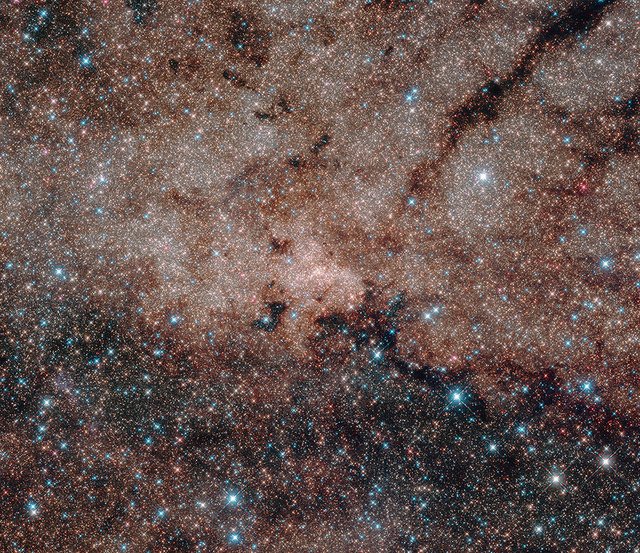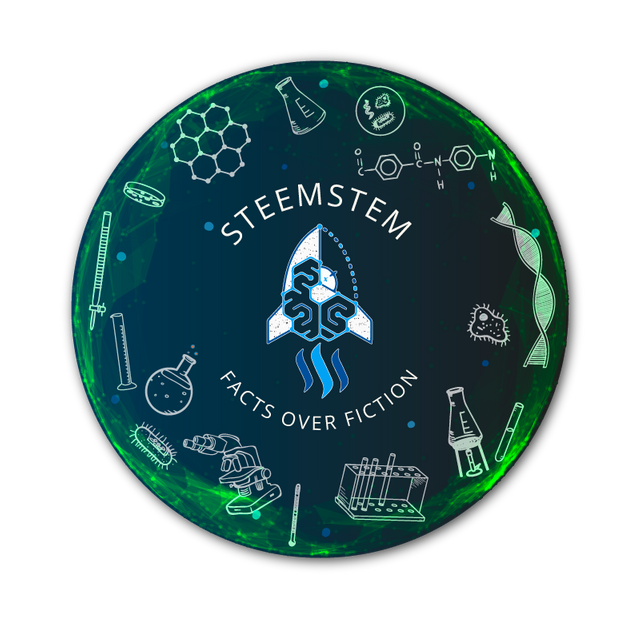Inner Planets of the Solar System: Mercury, Venus, Earth & Mars
Hello wonderful people on #Steemit! A very warm greetings to one and all. Hope you all are doing well in your life! In today's article, we're going to be discussing about Earth, Venus, Mars and Mercury and we will make sure to show you how tremendously massive and large Earth is in comparison to those other three planets! This is actually going to be based on science we understand today.

Hope you people will read my article and provide your valuable suggestions and thoughts by commenting below. So, without any further delay let us start the exploration!!
.png)
So, we could actually place all of the planets in our solar system between Earth and the moon and that would actually fit really well! This is actually the simulation you can find in Universe sandbox and see the moon is right there. Earth is right in the first as you can see in the image above and right between them you could place all of the planets in our solar system with just a few kilometers left in between. But today we're actually going to only discuss about the terrestrial planets; the four planets you see in the image.
.png)
It just so happens that even though we normally talk about these four planets in relative equality as in they were basically relatively saying because they are terrestrial planets. In reality, Earth is dramatically larger and more massive and also a lot more impressive than the other three planets and so today we are going to show you what we mean by this. But first let's actually just see them collide with each other because that's kind of what I wanted to do here. So, let's start by placing everything except for Earth; basically the other three terrestrial planets.
.png)
We are going to create a new simulation and take Mercury and put it first then take Venus which is going to be a lot larger in terms of size and mass and then take Mars. So, let's just put it in between. We are not going to place Earth just yet. But you can see it in the background and in terms of sizes I guess it's sort of comparable. So, let's just go and collide them and see what happens! They started colliding with each other in a few seconds and as they do collide and basically collapse into a single object you're going to start noticing something very unusual and we are going to show it to you in the below.
.png)
.png)
We should have actually disabled the fragmentation because we've just lost some of the mass due to basically objects colliding. We're going to actually disable a few of the options available here. So, we're going to place them again. But we are going to go into the simulation and disable fragmentation and also may be collision heating because I don't want things to warm up just yet. So, hopefully now if they collide again it should be a little bit more accurate in terms of the total mass.
.png)
.png)
Yes, that's pretty good and quite beautiful as well actually. So, let's go into the mass, radius and density in the option box and take a look at them after I guess a few minutes when the planetary size and mass stabilizes. So, right around here is going to start increasing radius because it just received this tremendous amount of mass and it will actually fall a little bit and we're going to wait for it to cool down just a little bit.
.png)
.png)
So, may be after a few minutes as soon as these numbers stop changing we're going to take a look at this in comparison to Earth. Alright, so it's just a little bit under the mass of Earth. So, it's only about 98% mass of Earth. In other words, three other planets are actually not as massive as Earth. In terms of the actual radius it's practically earth sized and in terms of the actual density it's just under the density of Earth as well.
.png)
.png)
In other words, if we were to combine Mercury, Mars and Venus together they would still actually be smaller both in size and in mass than our own planet Earth. So, this suggests that for some unknown reason planet Earth is actually in the most massive and also the most impressive terrestrial planet in our solar system but also possibly out there in the galaxy because for some unknown reason even though planet Earth is between Mars and Venus it still seems to be larger and more massive than the other three objects.
.png)
In other words, it's almost as if this was an outlier in terms of terrestrial planets in our own solar system. Now, this can be explained by potential collisions early in the development of the solar system or it could be that may be just may be there are these unusual objects in every solar system and just like we have Jupiter that seems to be a lot more massive and a lot larger than other gas giants; Earth could be that specific terrestrial planet that is a lot more massive and larger in size than other terrestrial planets.
.png)
.png)
So, here if you compare the sizes; this is just a few kilometers more in radius. But it's also probably because it's kind of hot right now. In terms of mass it is approximately two moons smaller. So, Earth is basically about two moons more massive than this object and in terms of density it's also a little bit more dense. This however does create a few unanswered questions and I guess one of them is that it's possible that Earth is actually several terrestrial planets combined into one!
.png)
So, it could be that early in the existence of the solar system Earth could have actually collided with a lot more than just one object that created the moon and it's possible that a lot of these would have actually collided with Venus, Mercury or Mars may have actually instead collided with Earth. So, it's quite possible that Earth is actually kind of an anomaly in our solar system which could also explain why there is so many other unusual things here on the planet itself including liquid water, relatively comfortable atmosphere and of course life.
.png)
Now, finding these anomalous objects in other solar systems would actually be very important for us because then we could start discovering specific properties that we need to look for in order for us to find these habitable planets. But for now though that's unfortunately all in about Earth compared to other objects and other terrestrial planets and until we actually visit another solar system and start studying it in more detail; we don't we know more.
.png)
Although, may be just may be if we have a big enough telescope we might be able to see everything without going to the actual star system itself. Well, anyway so now you know that these are the three terrestrial planets in our solar system doesn't compare to Earth at all! As a matter of fact we could even combine more objects from our solar system like for example Vesta series. Even Pluto could go in there and Earth would still beat them both in mass, size and density.
.png)
.png)
All we know, although this is actually a pretty cool investigation and does create us a kind of question; what is it that makes Earth so special? What really happened to Earth early on that which made it so unique? I guess so gigantic compared to other terrestrial planets! Well, anyway may be one day we'll discover this. But for now that's all I wanted to discuss about!
Thank you so much for reading this article guys and if you've enjoyed reading the information in this article, don't forget to just Resteem for those who enjoys reading space articles and wants to learn more through the information provided here!!

STEEMSTEM
SteemSTEM is a community-driven project that now runs on Steem for more than 1.5 year. We seek to build a community of science lovers and to make the Steem blockchain a better place for Science Technology Engineering and Mathematics (STEM).

More information can be found on the @steemstem blog, on the discord server and in the last project report. Please also have a look on this post for what concerns the building of our community.

This post has been voted on by the steemstem curation team and voting trail.
There is more to SteemSTEM than just writing posts, check here for some more tips on being a community member. You can also join our discord here to get to know the rest of the community!
Thank you so much to all the members of #steemSTEM!! It has just became my second family which throughout in my journey in #steemit gave me a position by recognizing my skills and passion for space science!! :)
Thank you all once again for showering your love, guidance and support through out my journey and these words are direct from bottom of my heart!! :)
Great read mate 😊
It would be very interesting to really know how Mars was looking before around maybe 2 Billion years. Maybe it still had a small atmonsphere at this stage of his life and even maybe liquid water in some climate zones.
Hi @astrophoto.kevin!
Thank you so much buddy for taking out your valuable time and commenting!! I am glad you liked it.. :)
Space is something which is full of mystery and as mysteries unfold we learn so many new things!! Who knows your guess might be actually correct!! :)
Being a space science lover we both can understand the fact!! ;)
You're welcome, my friend :-)
:)
Congratulations! Your post has been selected as a daily Steemit truffle! It is listed on rank 19 of all contributions awarded today. You can find the TOP DAILY TRUFFLE PICKS HERE.
I upvoted your contribution because to my mind your post is at least 12 SBD worth and should receive 144 votes. It's now up to the lovely Steemit community to make this come true.
I am
TrufflePig, an Artificial Intelligence Bot that helps minnows and content curators using Machine Learning. If you are curious how I select content, you can find an explanation here!Have a nice day and sincerely yours,

TrufflePigThank you once again!! :)